PROTECT YOUR DNA WITH QUANTUM TECHNOLOGY
Orgo-Life the new way to the future Advertising by AdpathwayRyuji Shirakawa Sensei (6th dan) is one of the most recognizable and dynamic figures in Aikido today. Known for his athletic, flowing movement and his cross-disciplinary exchanges with other martial arts, Shirakawa Sensei represents a new generation of Japanese budoka who are deeply rooted in tradition yet willing to explore new paths. As he prepares for his first U.S. seminar in California, we spoke with him about his journey, his philosophy, and his hopes for the future of Aikido.
Thank you for taking the time to talk to Aikido Journal. Please tell us about your Aikido journey. How old were you when you began training, and which teachers have had the greatest impact on you?
 Ryuji Shirakawa
Ryuji ShirakawaI started Aikido when I was in junior high school. Three instructors have greatly influenced my journey. First is my father. He taught me that Aikido shouldn’t be bound by form and encouraged me to explore different martial arts. We also had many issues of Aiki News (Aikido Journal’s original name) at home (laughs). I think that environment helped me approach Aikido with a free spirit, without being tied to one particular style.
The second is my father’s teacher, Yasuo Kobayashi Sensei. And the third is Minoru Mochizuki Sensei, from whom I studied sutemi waza (sacrifice techniques).
Tell us a bit about your father’s Aikido background.
My father discovered Aikido at Meiji University. The coach at Meiji University was Kobayashi Sensei. My father learned Aikido from him. My father trained very diligently, and he was captain of the Aikido Team. As he wanted to be strong, he practiced and collaborated with other athletes from the Karate and Sumo teams at the time. After he graduated from university, he became a Shinto Priest and learned about Japanese tradition and culture. He also researched many different martial arts. He has made Aikido a core part of his educational work.
This video shows a demo by Shirakawa’s father. Ryuji can be seen taking ukemi for his father during the jo-dori part of the demonstration.
What’s the most important thing you learned from Kobayashi Sensei?
The most important thing I learned from Kobayashi Sensei is the importance of henkawaza (transforming one technique into another). I learned many different henkawaza from him.
Mochizuki Sensei had a very extensive martial arts background holding a 10th dan in Aikido, 8th dan in Judo and Iaido, and high ranks in Jiu-Jitsu, Karate, and other arts. What did you draw from him?
I never studied Aikido directly under Mochizuki Sensei. But I studied his movements and analyzed his thoughts through books and recorded videos. From Mochizuki Sensei’s experience, when confronted by someone with a boxing background or wrestlers from Europe, he realized that the concept of sutemiwaza should be incorporated in Aikido.
What’s your Aikido life like today? How do you divide your time between teaching at your home dojo, traveling internationally for seminars, and creating online content?
Balancing time is a constant struggle. I receive more inquiries and requests than I can handle. Still, my foundation hasn’t changed—I prioritize training every day. Teaching is part of my own training, and I take ukemi for my students regularly. Before the pandemic, I taught seminars in more than ten countries a year. While I’ve reduced that now, I stay active through creating videos for YouTube, appearing in media and film, and sharing Aikido as widely as I can. But no matter how busy I become, training remains at the core. I pay close attention to sleep, nutrition, and my physical condition so I can maintain a high level of practice.
You’ve done many exchanges with practitioners from other martial arts. Why are these interactions important to you, and what do you hope to learn from them?
I engage with practitioners from other martial arts because I want to learn techniques not found in Aikido and continue growing as a budoka. These exchanges allow me to understand what Aikido lacks, and what its strengths and weaknesses are compared to other arts. I’ve had the chance to train with world champions in Karate, Kickboxing, and Olympic Judo, and each experience has been deeply educational.
I hope my videos inspire viewers and help them reflect on their own practice. In Japan, the Aikido community’s views are mixed, but many have expressed curiosity and interest. I think it’s important to remain open and keep learning.
I engage with practitioners from other martial arts because I want to learn techniques not found in Aikido and continue growing as a budoka.
By “mixed views”, I assume you mean there are some people who are not incredibly enthusiastic about your collaborations. What do you think are their key criticisms?
It’s natural for people to have their own opinions. Some refrain from working together with other martial arts disciplines, maybe based on lack of interest. As for me, it is a good opportunity to work with other disciplines. I have worked with a full contact World Karate Champion, a Judo gold medalist, a Kickboxer, people who are adept with knife use, Sumo wrestlers, and Chinese martial arts. It is an exploration. It provides me an opportunity to explore these other arts through the context of Aikido.
One of Shirakawa’s collaboration videos. Many more can be found on his Youtube channel with over 500,000 subscribers.
Your Aikido is very dynamic. Do you teach this style and approach to your students?
I teach my students the same Aikido I practice, with big movements. Small movements have less momentum, don’t develop explosive power or muscle, and have fewer health benefits. The bigger the better. If you can master big movements, you can later do small ones. But if you start with small movements, you may never learn to move big. I want to inspire young, athletic people to discover Aikido’s potential for dynamic movement and subtle expression. They are the future of the art. That said, we don’t force anyone to take high falls (tobi ukemi) nor do we recommend it. Aikido can be practiced safely by people of any age or gender. We aim to provide instruction suited to each person, in an environment that’s fun and challenging.
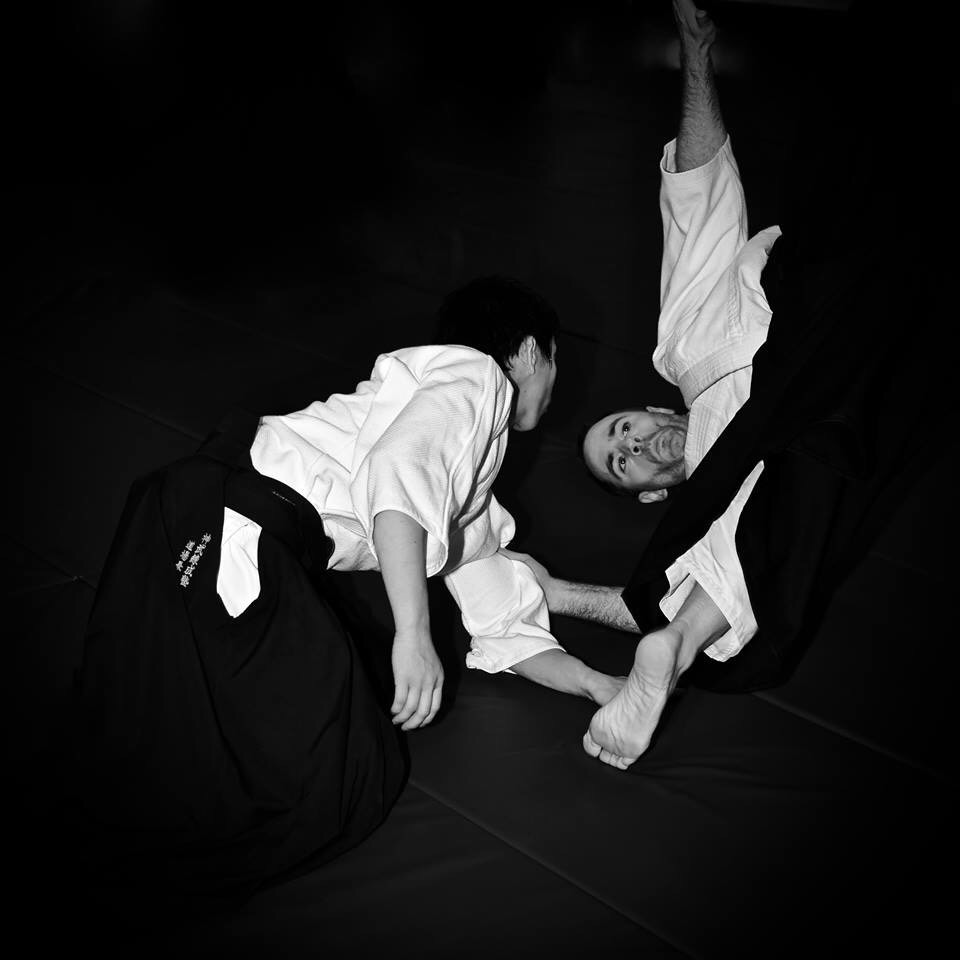
It’s interesting you don’t recommend high falls, especially since your ukemi can be very acrobatic. Can you share a bit about your thinking on this and Aikido ukemi in general?
I believe the important factor of ukemi is to protect your body. To protect your body, one must adapt to the flow of the Aikido movement, and that helps to reduce being rigid in the movement. Tobi ukemi can be done if you are a very athletic person. With that kind of ability, one can explore a more dynamic style of ukemi. But I do not recommend everyone take this kind of tobi ukemi.
Aside from learning Aikido movements, learning how to fall improves coordination, maintains muscle dexterity, and also improves health through mobility. But I strongly believe that the purpose of ukemi is to protect yourself from falling. Ukemi is beneficial if you practice it according to your age, ability, and goals, since Aikido is budo for all ages.
Can you share a bit about your dojo? How often do you offer classes? Do you have assistant instructors? What’s the proportion of kids to adults?
I teach Aikido and practice almost daily. We have two of our own dojos, and there are ten other locations where classes are offered to both adults and children. Sometimes, the other classes are covered by the assistant instructors.
Are you interested in the practical application of martial arts or are you mostly interested in the budo aspects?
I’m interested in both the educational and practical sides of Aikido. While I don’t think practicality is everything, the lack of randori and matches can make Aikido feel less real. That’s both a strength and a weakness. It allows for safe and inclusive training, but also requires us to think carefully about how to build practical skill. Randori can help—but it also has its limitations.
While tradition is important, simply preserving the past limits Aikido’s growth. We must keep an open mind and adapt to the times.
You travel quite a bit to teach Aikido. What’s your perspective on the health and popularity of Aikido in various regions around the world?
Aikido is great for physical and mental health. It encourages full-body movement and coordination. But the number of practitioners is decreasing globally, especially among young people. I hope my social media efforts inspire more people—especially youth—to discover how fulfilling Aikido can be.
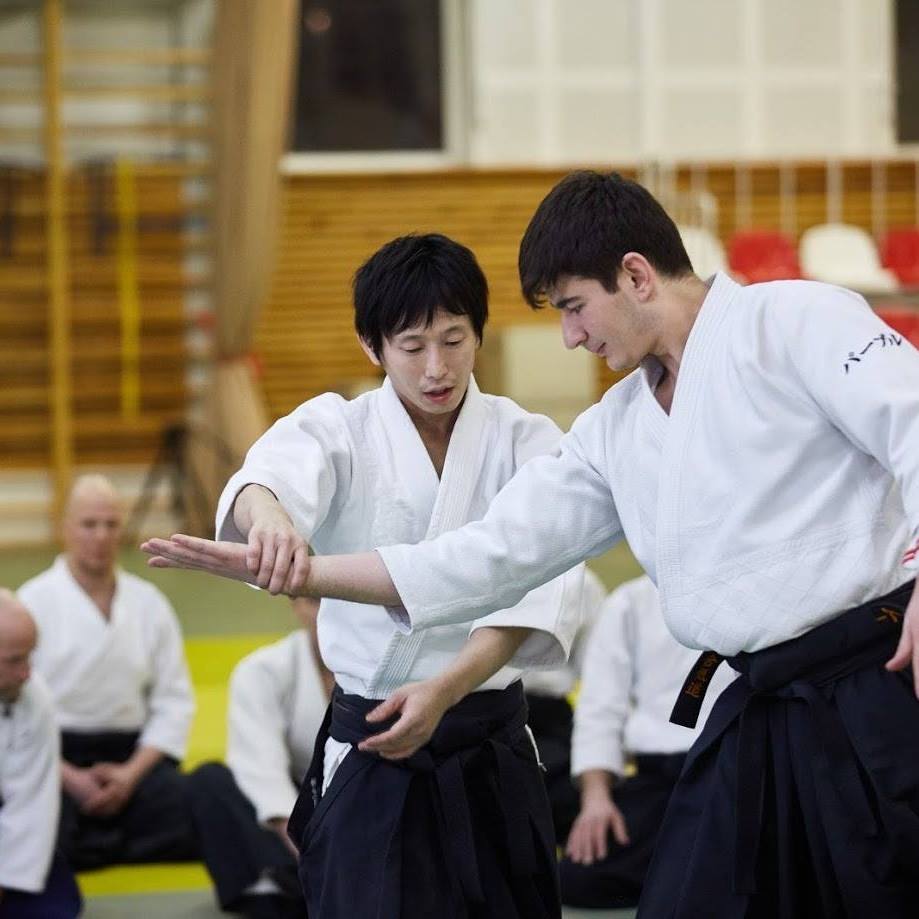
What advice would you give a young person considering martial arts training—who should choose Aikido, and why?
In this era of declining numbers, we need to communicate the value, spirit, and potential of Aikido to more people. Social media and modern media platforms are tools we can use to do this. I hope to contribute to this effort.
Everyone has potential for Aikido, even those who don’t have any martial arts experience. I think it is more important to provide dojos with an environment where young people can practice Aikido in a fun environment and explore its dynamic movement. There are many dojos where there are a lot of senior (older) practitioners and only a few young people who can practice more dynamically. So it is important to provide young people with the dojos where we can teach them and allow them to practice in that manner.
Tell us about your upcoming seminar in California. I understand this will be your first seminar in the United States—are there things outside of Aikido you look forward to seeing or doing while in California?
I’m very much looking forward to visiting Pasadena Aikikai for my first seminar in the United States. I hope we’ll have fun, cheerful training together. Outside of Aikido, I’m also excited to experience California and meet the local community.
Is there anything else you’d like to share or communicate to the global Aikido community?
While tradition is important, simply preserving the past limits Aikido’s growth. We must keep an open mind and adapt to the times. Don’t shut yourself off—look outward and broaden your perspective. Let’s all work together to explore the potential of Aikido and help build a bright future for the art.
To train with Ryuji Shirakawa in person, join his upcoming seminar at Pasadena Aikikai. Click here for details and registration.
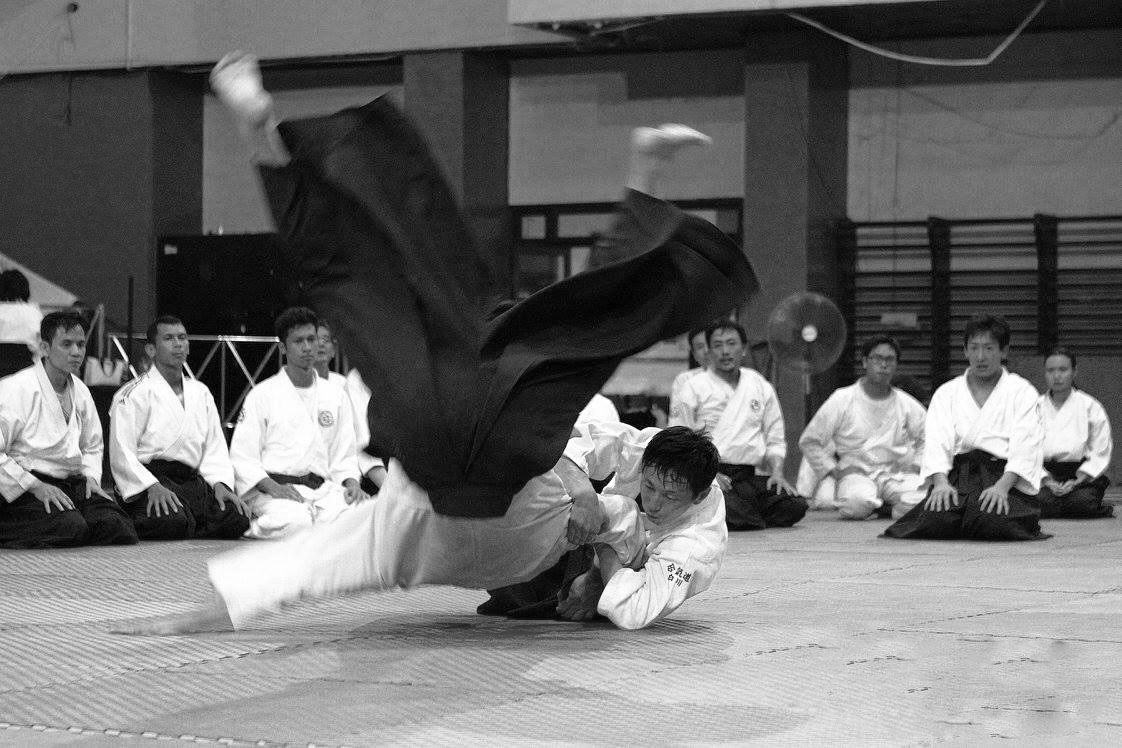





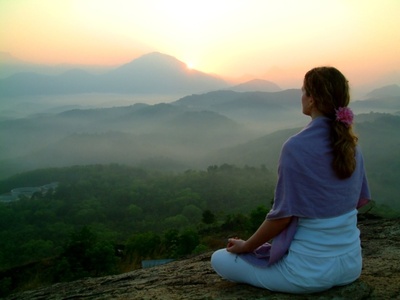


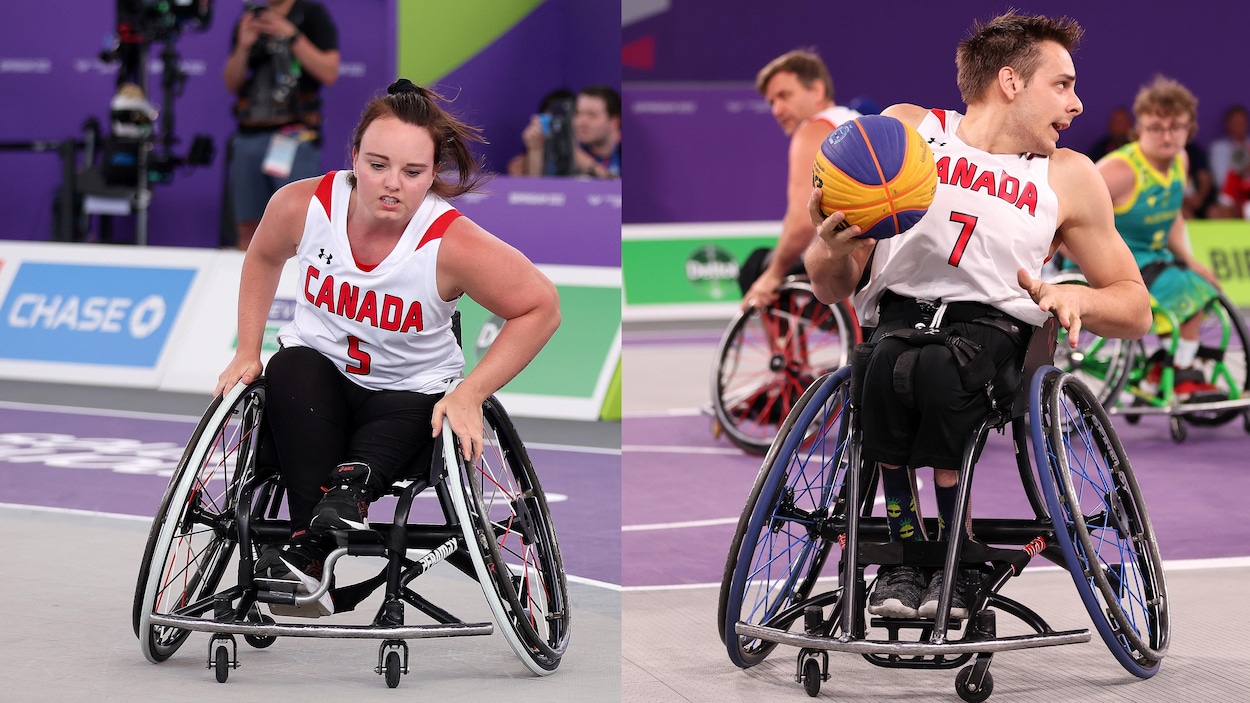


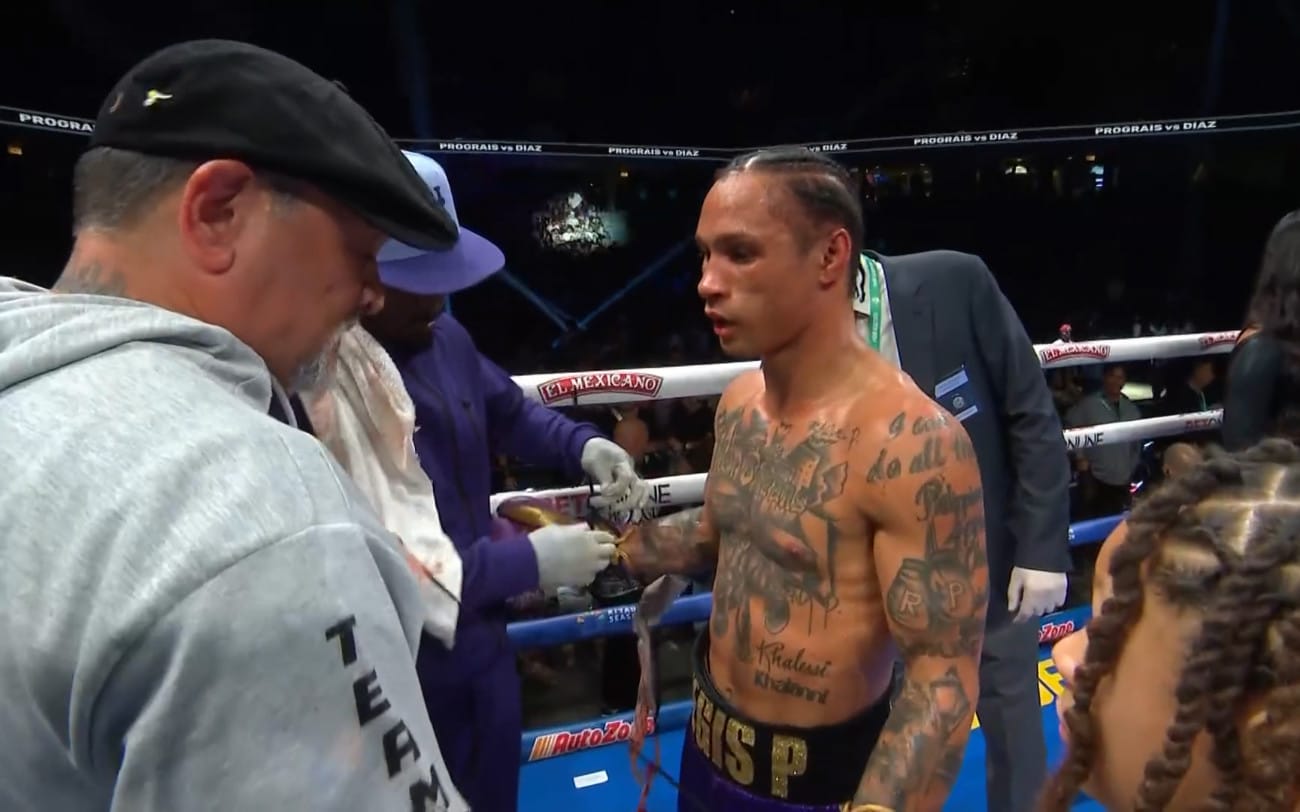
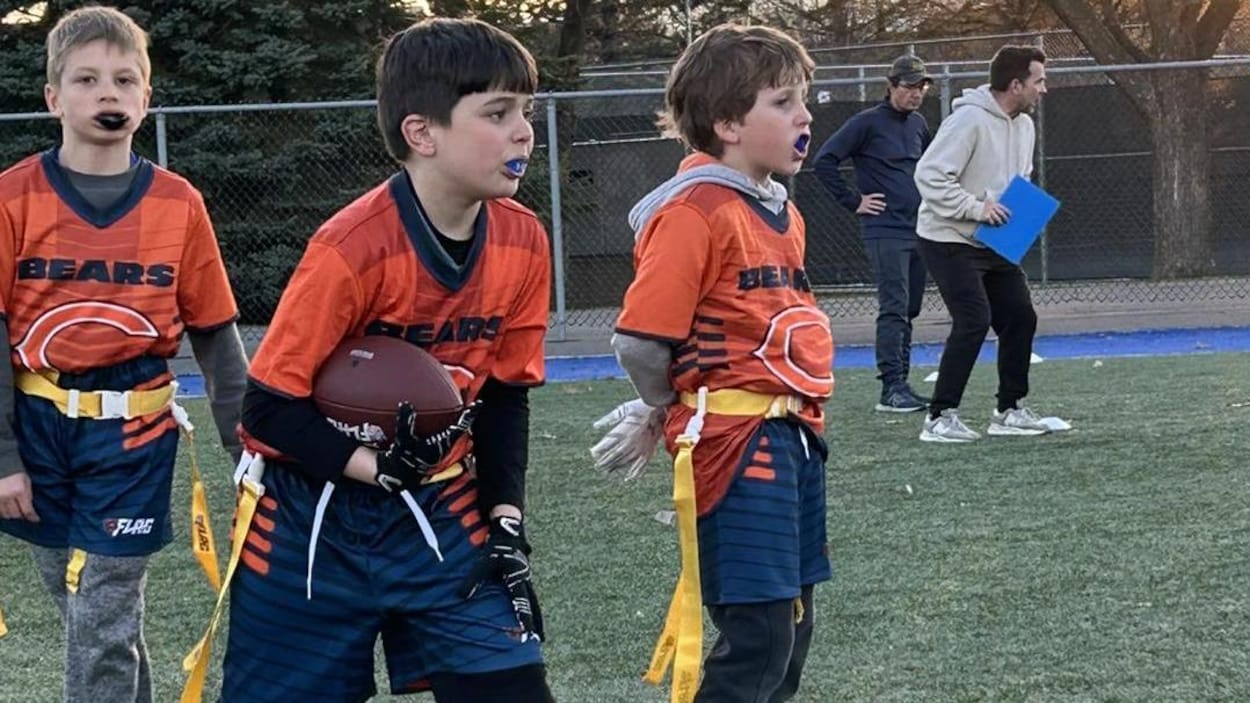
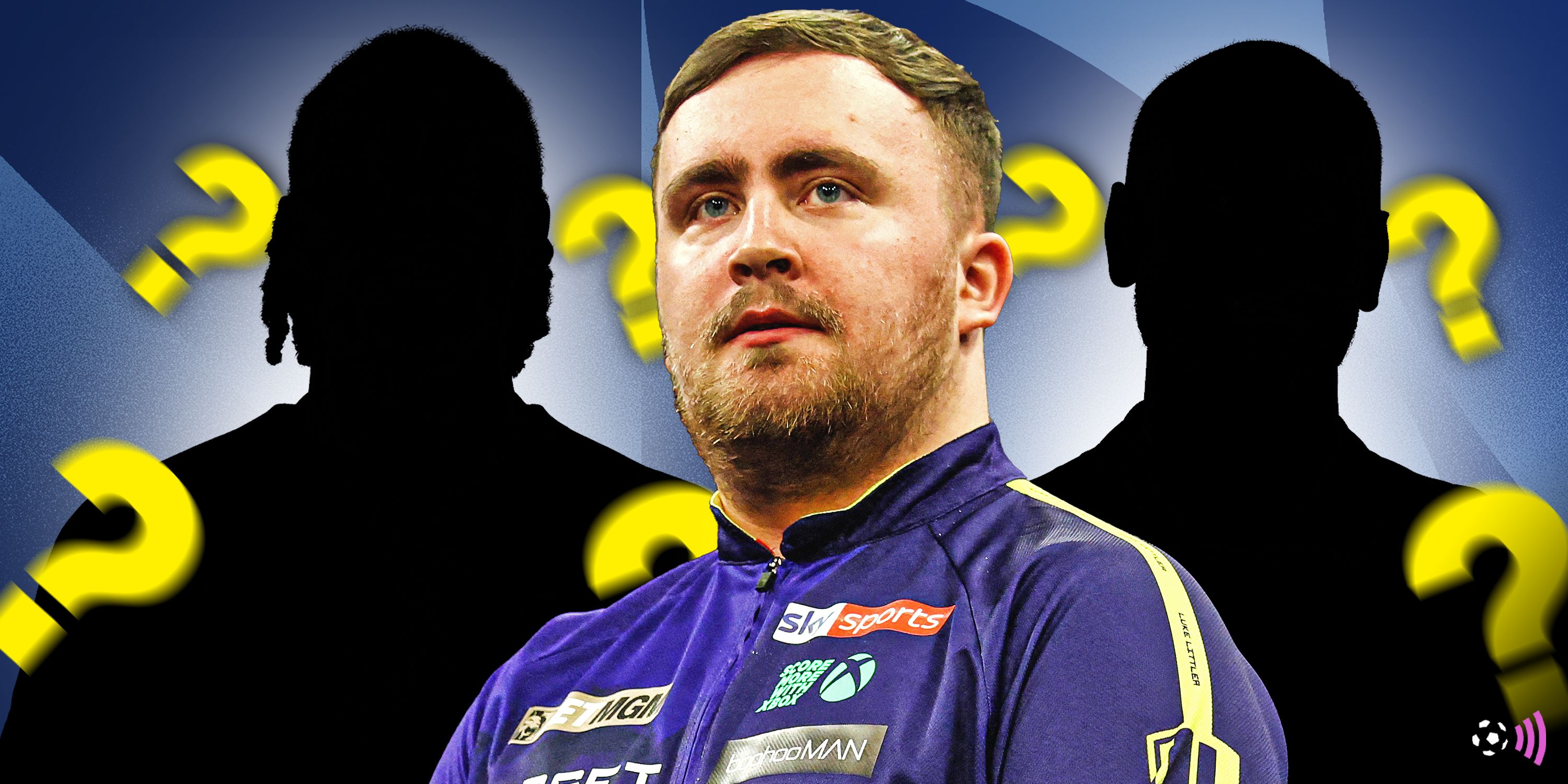


 English (US) ·
English (US) ·  French (CA) ·
French (CA) ·